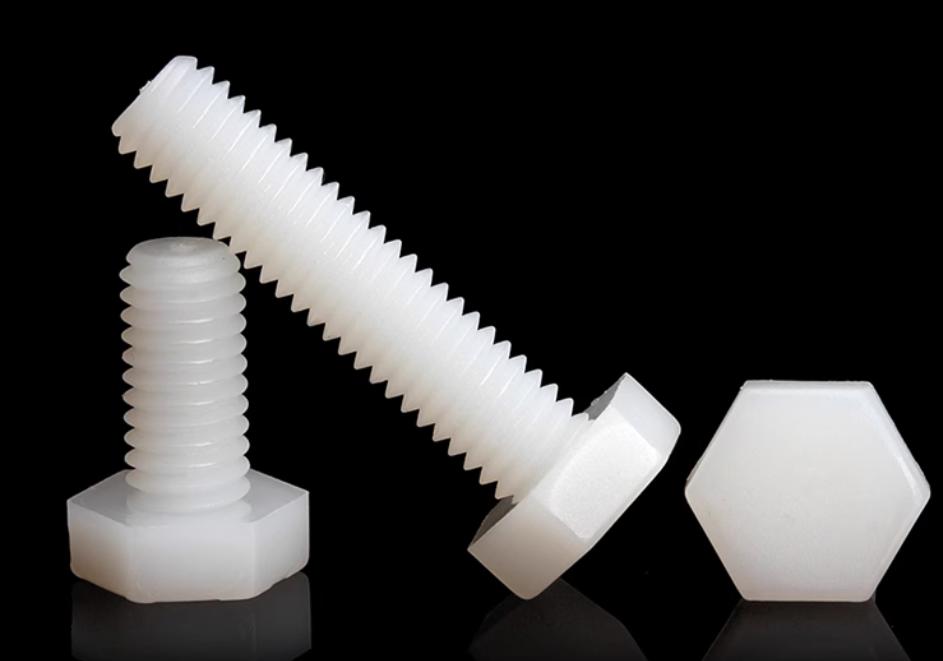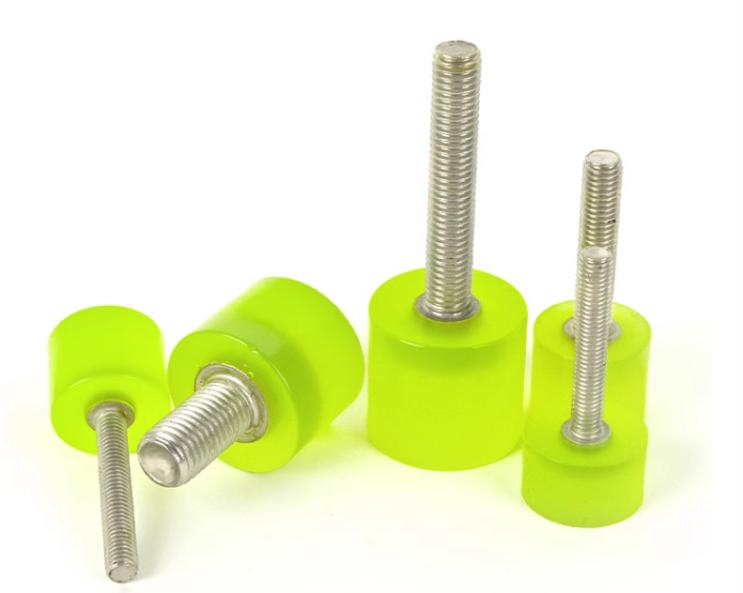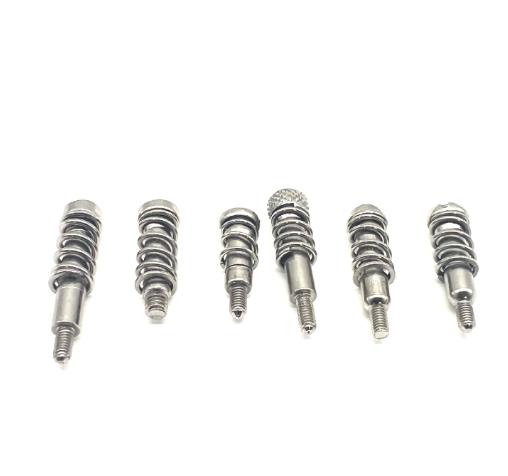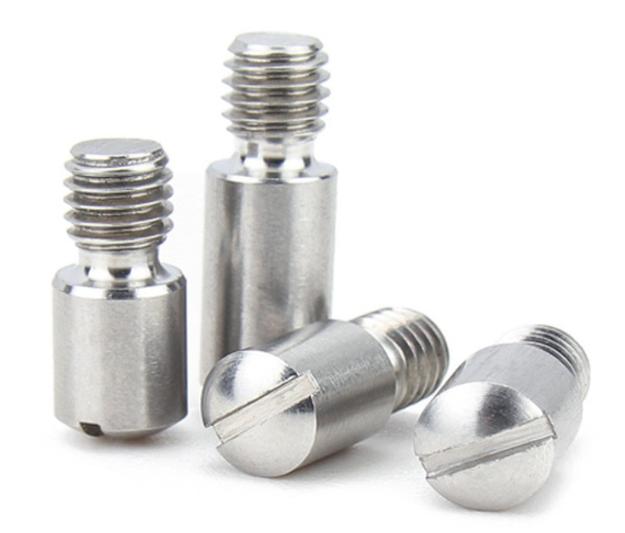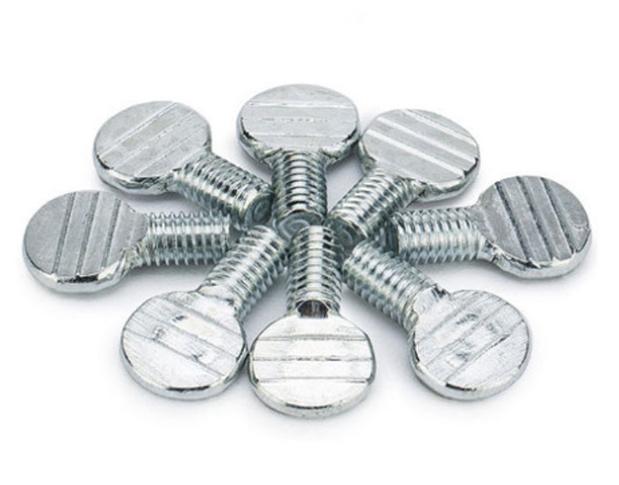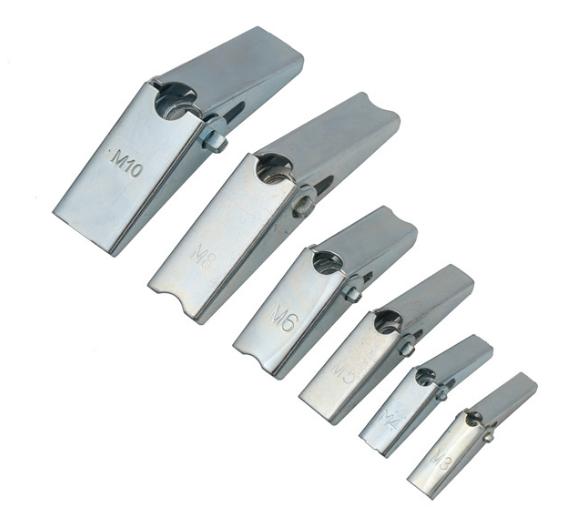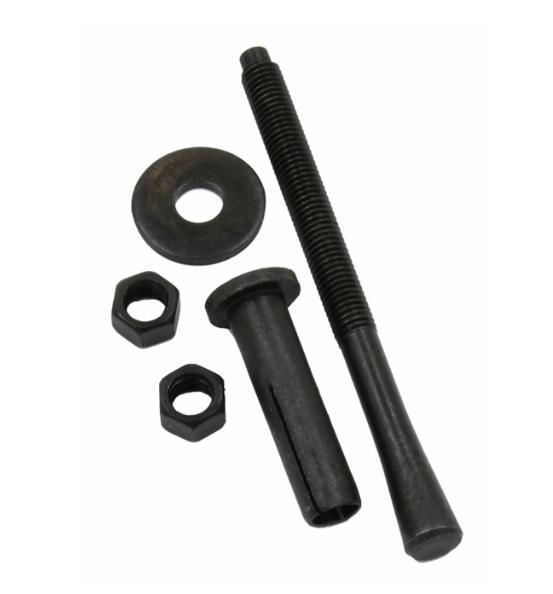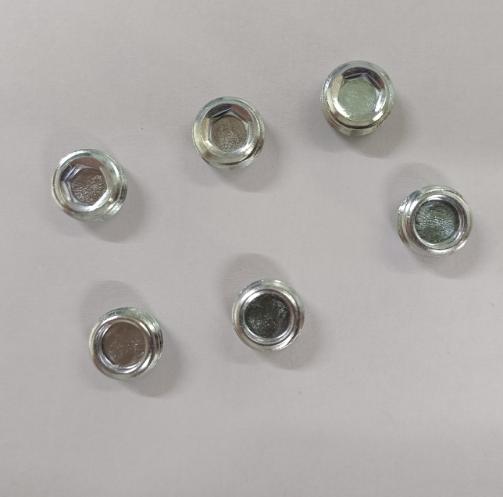How Many Screws Per Sheet of Drywall?
When installing drywall, choosing the correct number of screws is crucial for ensuring the stability of the walls and ceiling. You may be wondering: how many screws per sheet of drywall? Here, we will provide a detailed answer to this question, along with some practical tips to help you complete your drywall installation more efficiently. Let’s go!
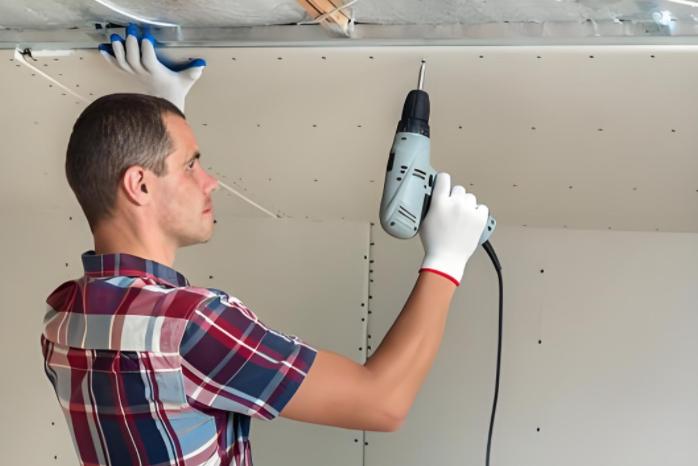
Table of Contents
Part 1. Screw Quantity for Different Sizes of Drywall
Drywall comes in standard and custom sizes, and the number of screws required for installation varies depending on the size. The screw quantity can be determined based on the length and width of the drywall panel, as well as specific installation requirements.
4×8 Feet Drywall: This is the most common drywall size, widely used in residential and commercial construction. Typically, a 4×8-foot drywall panel requires 32 to 40 screws for installation. The screws should be evenly distributed along the edges and center of the panel to ensure structural stability.
- Edge Screws: Approximately 3 screws are needed along each edge, so for four edges, you will need 12 screws in total.
- Center Screws: To enhance stability, additional screws are needed in the center of the drywall panel.
4×12 Feet Drywall: Due to its larger size, this type of drywall requires more screws to ensure a secure installation. Typically, each 4×12-foot panel requires 40 to 48 screws.
- Edge Screws: Since the long edge is 12 feet, more screws are needed along the edges. Each edge is expected to have 12 screws, totaling 48 screws.
- Center Screws: Similar to the 4×8 size, additional screws are added in the middle to ensure proper support.
Other Sizes: For custom or smaller-sized drywall panels, the screw quantity will be adjusted according to the specific installation situation. For example, a 2×4-foot drywall panel may require only 16 to 20 screws, while larger panels like 6×12 feet may require more than 50 screws.
The length, width, and installation location of the drywall directly affect the distribution and number of screws. Therefore, it’s important to make a reasonable judgment based on the actual situation when selecting screws.
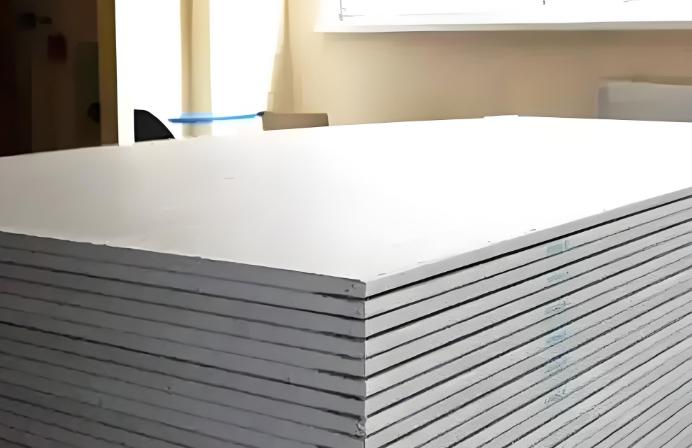
Part 2. How to Calculate the Number of Screws Required for Drywall?
To accurately calculate the number of screws needed for each drywall panel, you can use the following method. This calculation method applies to most standard installation projects and helps avoid excess waste or a shortage of screws during actual construction.
Step 1. Measure the Dimensions of the Drywall Panel
First, measure the length and width of the drywall panel to determine its size. For example, for a 4×8-foot drywall panel, the length is 8 feet, and the width is 4 feet.
Step 2. Calculate the Number of Screws for Each Edge
It is generally recommended to place 3 screws per foot along the edges to ensure the drywall is securely fixed.
For a 4×8-foot panel, the calculation for the four edges is as follows:
Each edge requires 3 screws, so the total for 4 edges is 12 screws.
If the size of the drywall increases, the number of screws increases proportionally.
Step 3. Calculate Number of Screws for the Center
In the middle part of the drywall, it’s common to place 2 screws per foot. For a 4×8-foot drywall panel, the number of screws in the center typically amounts to around 12 screws.
Generally, a 4×8-foot drywall panel typically requires 32 to 40 screws, while a 4×12-foot panel may require 40 to 48 screws. Ensuring that the screws are evenly distributed not only improves installation efficiency but also increases the stability of the structure.
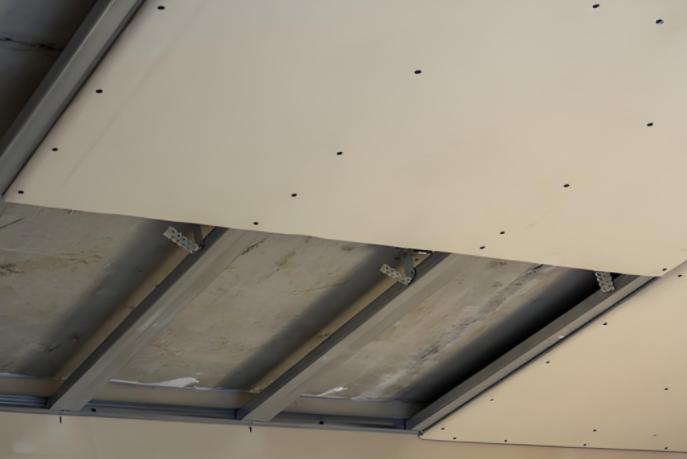
Part 3. Factors Affecting the Number of Screws on Drywall
Although we have provided standard screw quantity estimates, several factors can influence the actual number of screws needed. Here are some key factors that may affect the screw quantity:
Installation Location
Different installation locations may require different screw quantities. For example, ceiling installations require more screws than wall installations because the drywall on the ceiling is subjected to more stress.
For ceiling installations, it’s recommended to add extra screws at each seam and along the edges.
Drywall Thickness
The thickness of the drywall directly impacts the number of screws required. Thicker drywall requires more screws to ensure it is securely fixed. Typically, thicker drywall (such as 5/8-inch thick) requires more screws than standard drywall (1/2-inch thick).
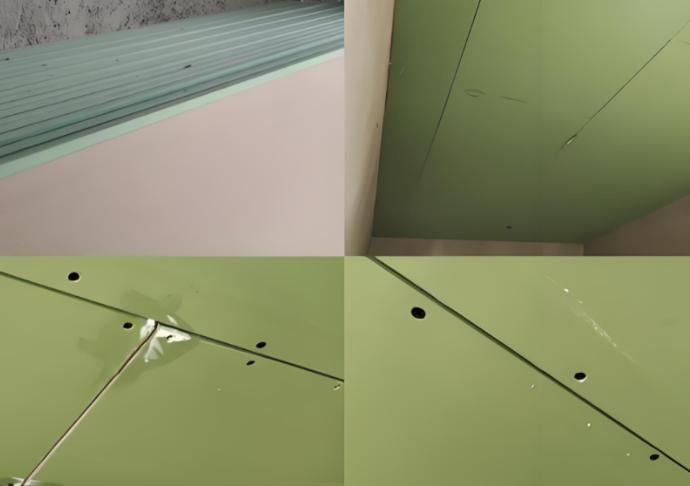
Type of Frame Used
The number of screws required for drywall installed on wood frames versus metal frames also differs. Metal frame installations require specific types of screws to ensure better grip, and the number of screws may need to be adjusted depending on the structure of the metal frame.
Environmental Factors
If the drywall is being installed in a damp environment, using rust-resistant screws or screws with special coatings may be necessary. This could affect both the choice of screws and the number required.
Part 4. How to Choose Right Screws for Drywall?
Choosing the right drywall screws is crucial to ensuring the secure installation of drywall panels. There are various types of drywall screws available on the market, each with slightly different designs and uses. Here are some common types of drywall screws:
Self-Drilling Screws: These screws are suitable for hard drywall and wood framing, as they can quickly penetrate the drywall without the need for pre-drilling holes. Using self-drilling screws can greatly improve construction efficiency, making them especially useful for large-scale drywall installations.
Standard Drywall Screws: Drywall screws are the most common and are suitable for most standard wall installations. They feature a thread design that works well with most drywall panels, ensuring good grip and holding power.
Rust-Resistant Screws: If the drywall is being installed in a humid environment, such as a bathroom or basement, it’s recommended to use rust-resistant screws. These screws are typically coated with a rust-resistant layer, effectively preventing rust and extending their lifespan.
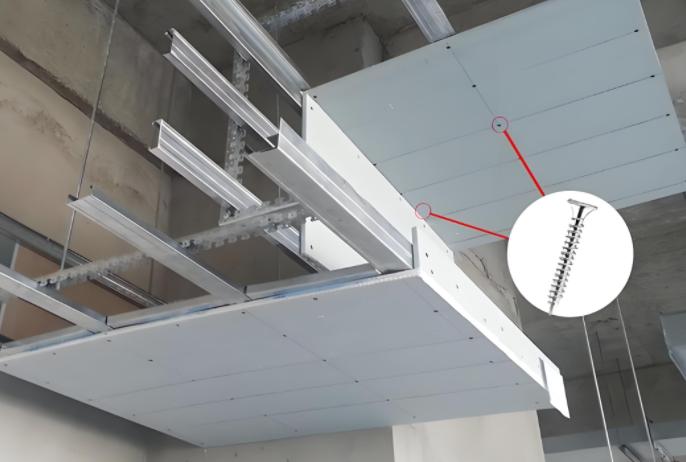
Part 5. How to Install Screws Properly on Drywall?
Proper installation techniques are essential to ensure that the drywall is securely fastened to the wall or ceiling while avoiding unnecessary damage.
Here are some tips for installing drywall screws:
Screw Depth: The screws should penetrate the wood or metal framing at least 1 inch deep to ensure sufficient holding power and prevent the drywall from loosening.
Avoid Over-Tightening: When installing the screws, avoid over-tightening them. Over-tightening can cause the surface of drywall to dimple, which affects both aesthetics and structural strength.
The ideal screw installation depth should have the screw head slightly recessed into surface of the drywall, without damaging it.
Even Distribution: When installing screws, ensure they are evenly distributed across the surface. Avoid having too many or too few screws in one area. The distribution of screws not only affects the quality of the installation but also directly impacts the stability of the structure.
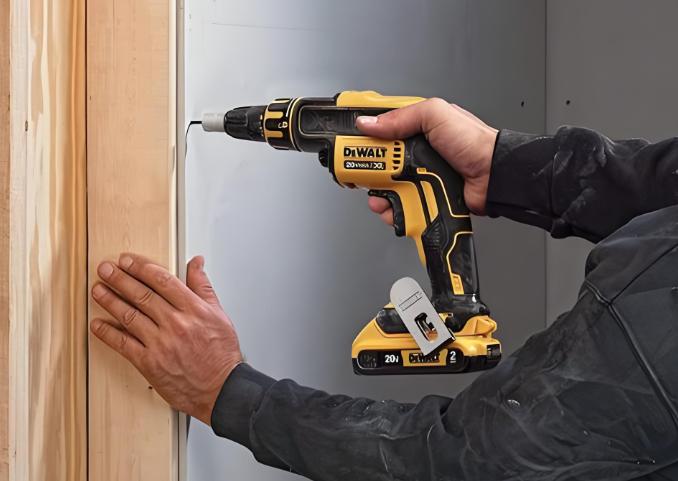
Wrap Up
Proper installation of drywall screws is crucial to ensuring that drywall is securely and stably installed. The number of screws required for each sheet of drywall is closely related to its size, installation position, thickness, and the type of framework used.
By selecting the right screws based on these factors and using high-quality screws, you can significantly improve the installation effectiveness and durability of the drywall. If you’re looking for drywall screws, KENENG screw manufacturer is your best choice. It offers a variety of high-quality screws to help you complete every construction project!

